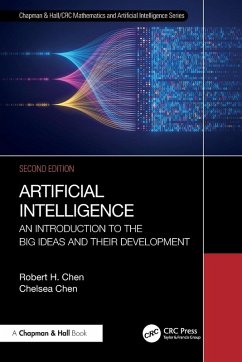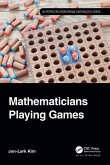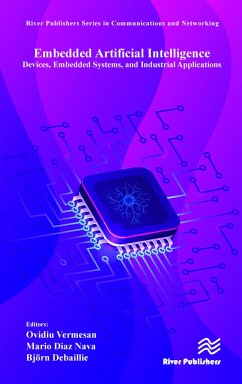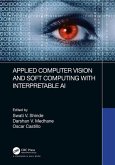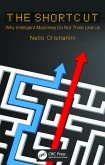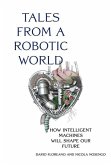Artificial Intelligence: An Introduction to Big Ideas and their Development, Second Edition guides readers through the history and development of artificial intelligence (AI), from its early mathematical beginnings through to the exciting possibilities of its potential future applications. To make this journey as accessible as possible, the authors build their narrative around accounts of some of the more popular and well-known demonstrations of artificial intelligence, including Deep Blue, AlphaGo and even Texas Hold'em, followed by their historical background, so that AI can be seen as a natural development of the mathematics and computer science of AI. As the book proceeds, more technical descriptions are presented at a pace that should be suitable for all levels of readers, gradually building a broad and reasonably deep understanding and appreciation for the basic mathematics, physics, and computer science that is rapidly developing artificial intelligence as it is today.
Features
Only mathematical prerequisite is an elementary knowledge of calculus.Accessible to anyone with an interest in AI and its mathematics and computer science.Suitable as a supplementary reading for a course in AI or the History of Mathematics and Computer Science in regard to artificial intelligence.
New to the Second Edition
Fully revised and corrected throughout to bring the material up-to-date.Greater technical detail and exploration of basic mathematical concepts, while retaining the simplicity of explanation of the first edition.Entirely new chapters on large language models (LLMs), ChatGPT, and quantum computing.
Features
Only mathematical prerequisite is an elementary knowledge of calculus.Accessible to anyone with an interest in AI and its mathematics and computer science.Suitable as a supplementary reading for a course in AI or the History of Mathematics and Computer Science in regard to artificial intelligence.
New to the Second Edition
Fully revised and corrected throughout to bring the material up-to-date.Greater technical detail and exploration of basic mathematical concepts, while retaining the simplicity of explanation of the first edition.Entirely new chapters on large language models (LLMs), ChatGPT, and quantum computing.

